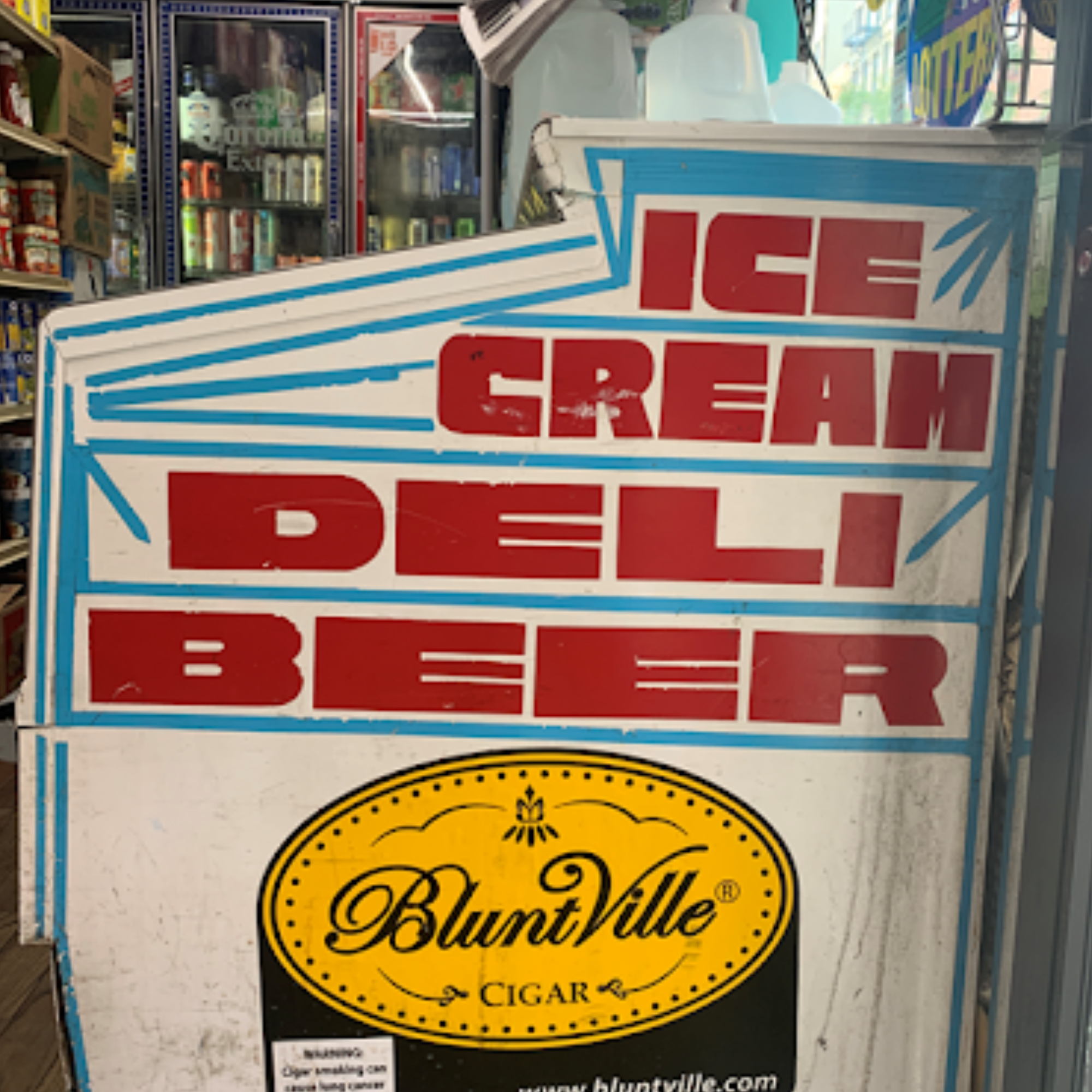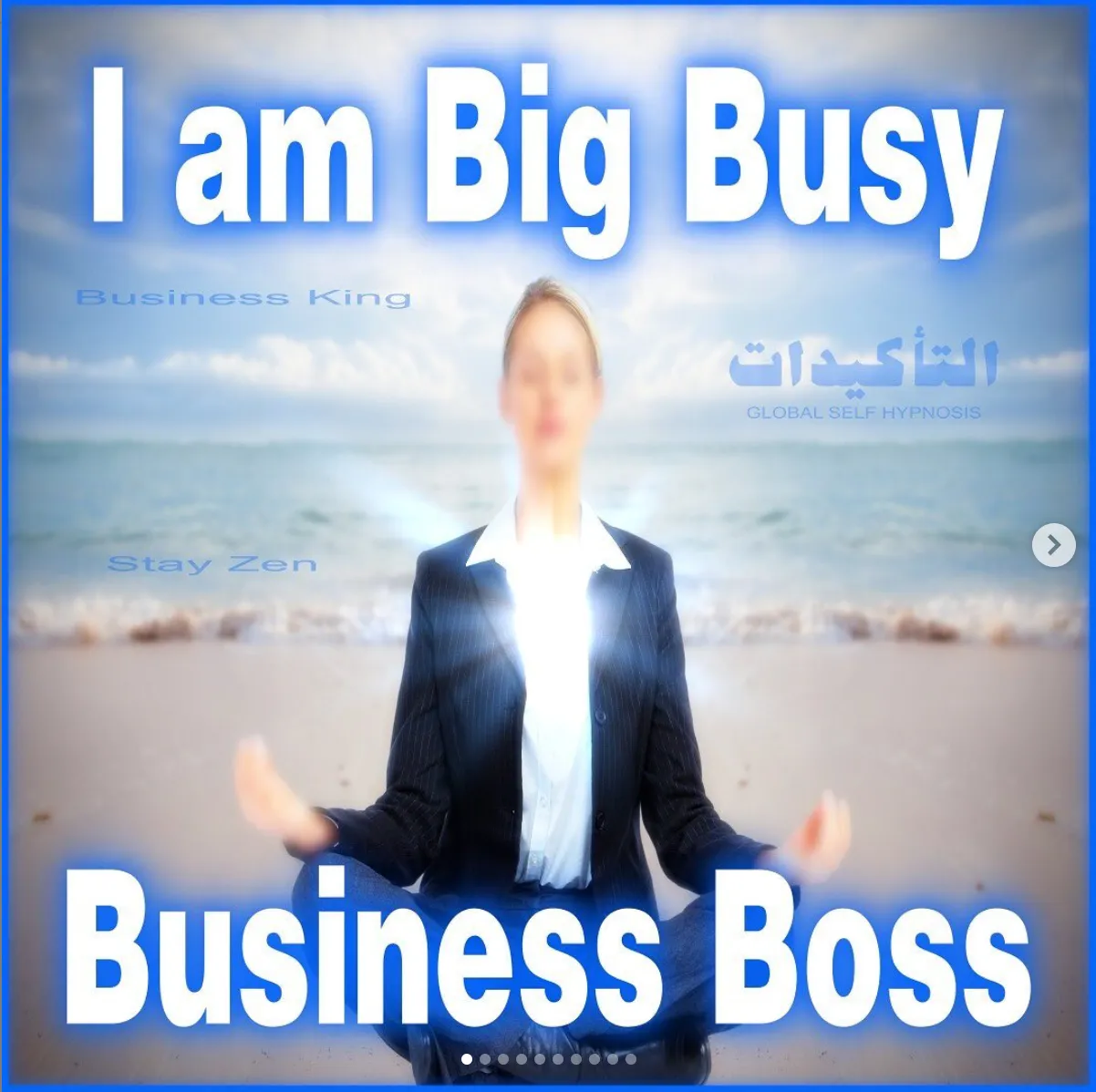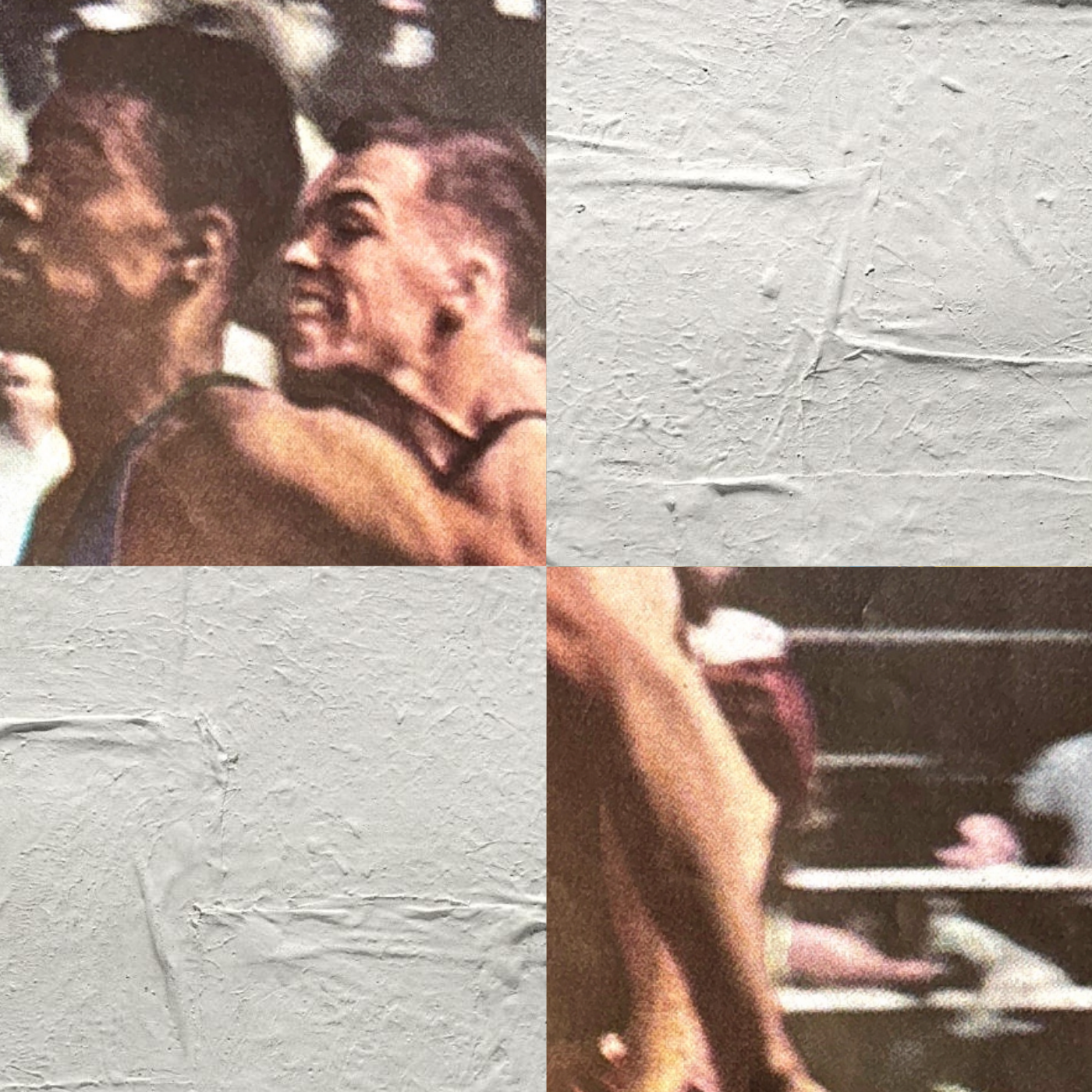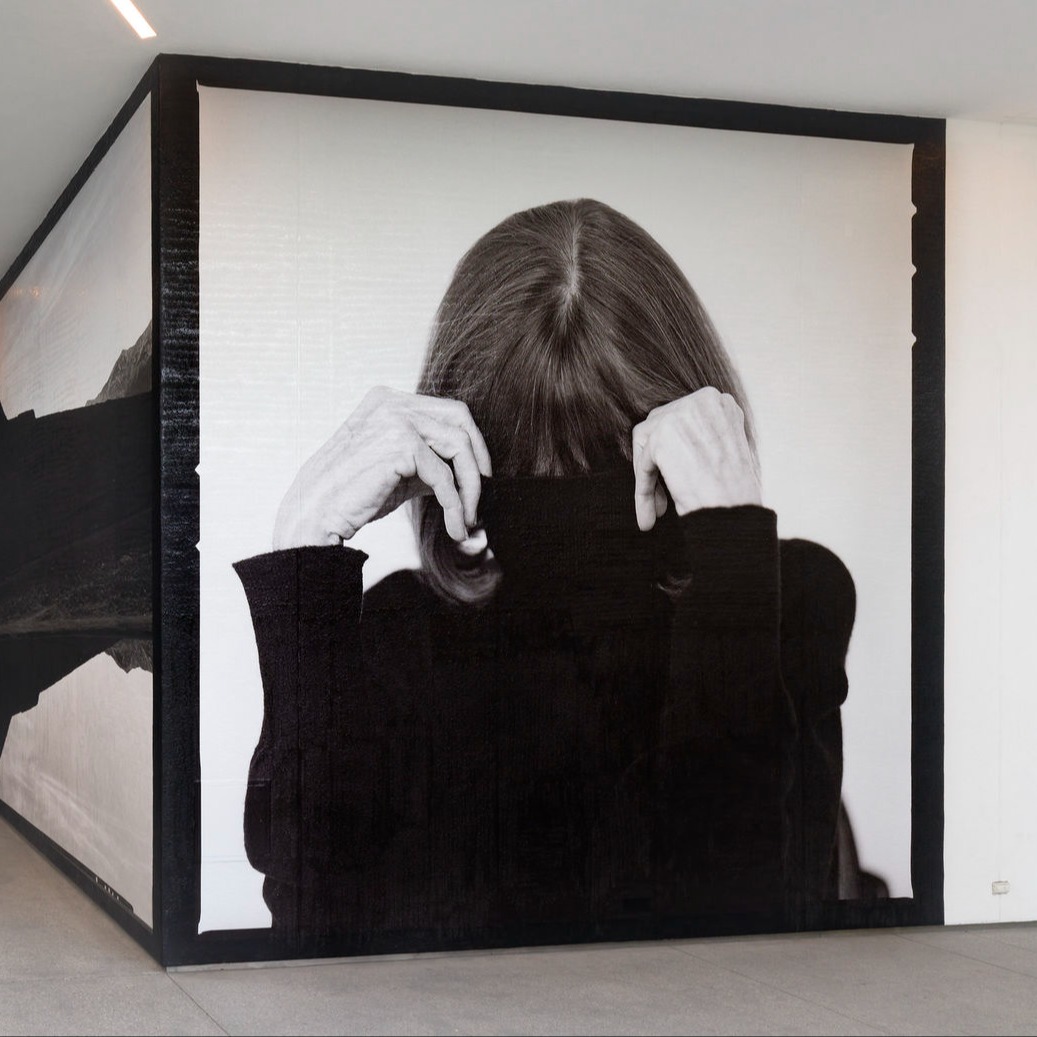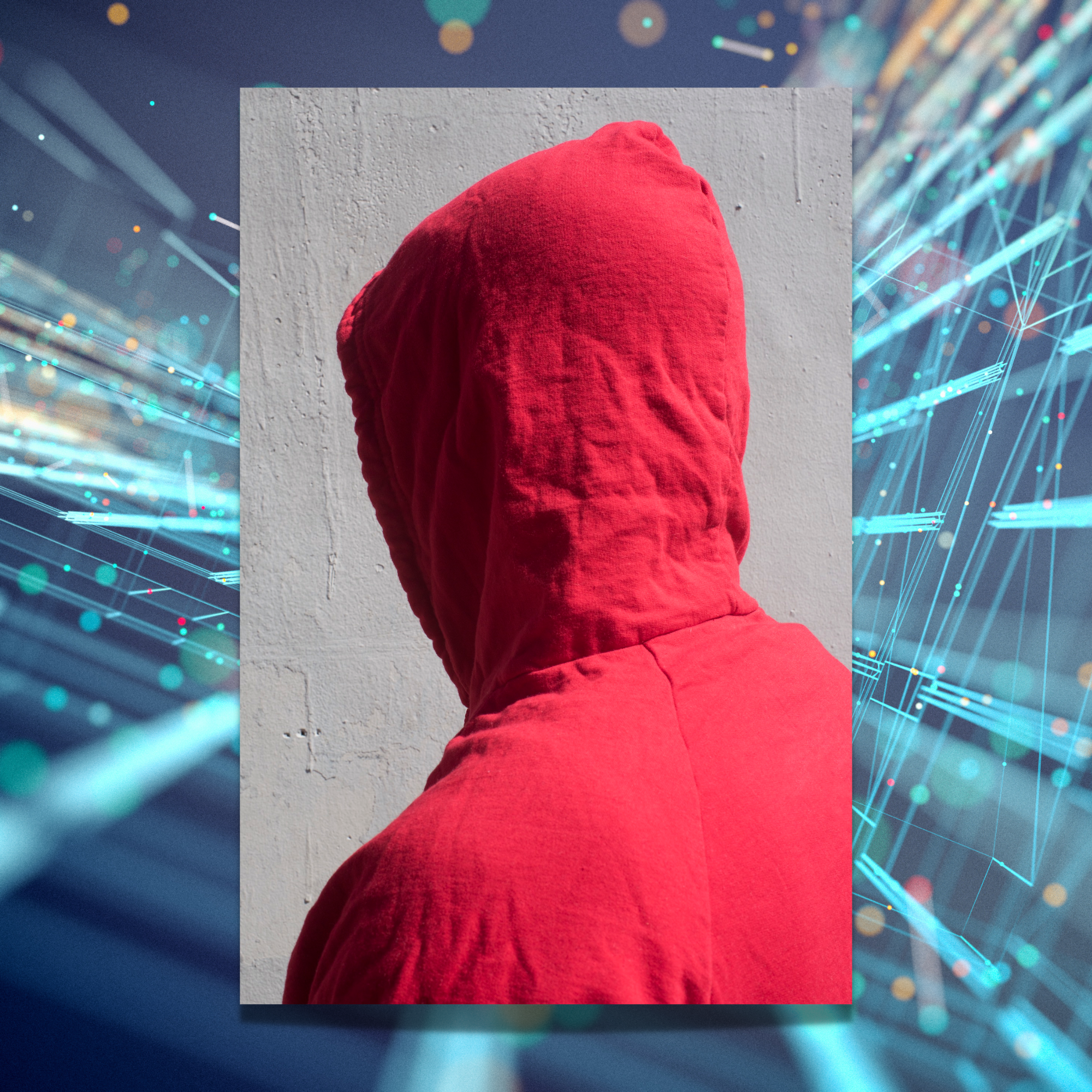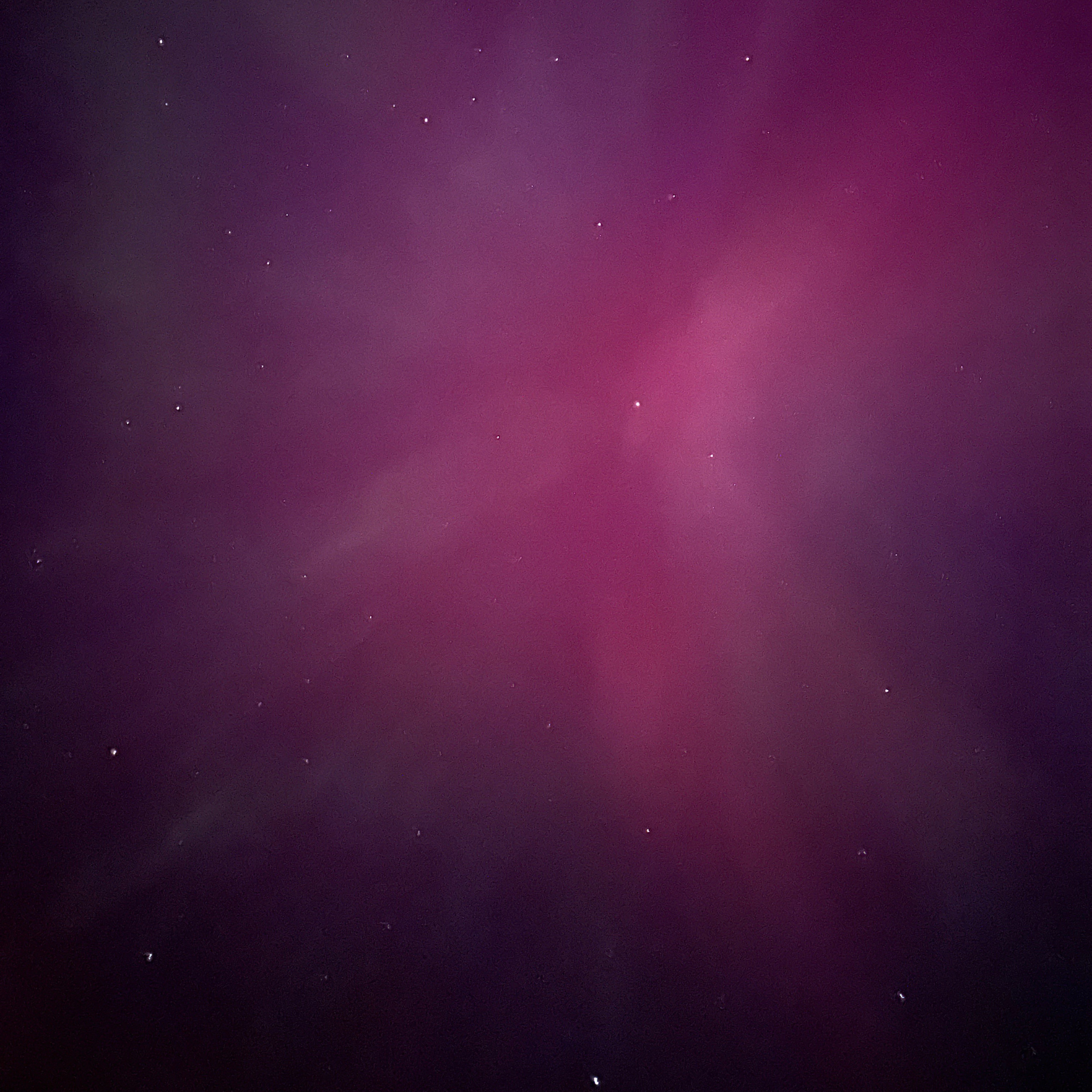- Magazine Dirt
- Posts
- Downward spiral
Downward spiral
The monument is the message.

Illustration by Kyle Knapp
Today we are pleased to announce VISITOR, a column about how museums influence culture designed in collaboration with Visitor Beer.
First up: Walden Green on what goes said and unsaid in Jenny Holzer’s Light Line at the Guggenheim Museum.
On a Saturday afternoon in November 2023, the Guggenheim Museum temporarily closed its doors. Eight artist-activists had flown fabric banners from the rotunda’s corkscrewing ramp, with images of Palestinians grieving the bodies of children killed in Israeli airstrikes. They were removed within half an hour, and the police showed up shortly after—though no one was arrested.
Now, the Guggenheim’s unmistakable spiral is the centerpiece of Jenny Holzer’s Light Line exhibition, which opened in May and will close at the end of the month. The LED constellation of Installation for the Solomon R. Guggenheim Museum fills the space with excerpts from Holzer’s Truisms and later writings. It is also, as the audio tour’s introduction makes explicitly clear, “a collection work, owned by the Guggenheim.” Their claim has been laid.
Obviously, an exhibition review months after opening and two weeks prior to close isn’t exactly moving the needle. So I’ll keep mine succinct: I didn’t like Light Line. I didn’t like the Trump tweets printed on pieces of sheet metal; I didn’t like the gilded redaction art made out of FOIAed documents from Guantanamo Bay and the U.S. invasion of Iraq. Most of the works on display did very little for me, aesthetically or intellectually.
Most of the works on display did very little for me, aesthetically or intellectually.
But the whole undertaking reveals something about Holzer: how an artist for whom the project of her career has been to critique “abuse of power” has managed to remain such an institutional darling. Aside from the central LED installation, Inflammatory Wall 1979-82 is the most immediately attention-grabbing part of the exhibition: a whole gallery papered over in brightly colored squares delivering “Inflammatory Essays” in all-caps, serifed typeface. My favorite began “RUIN YOUR FUCKING SELF BEFORE THEY DO.”
The 2024 iteration is a collaboration with Lee Quiñones, who has graffitied words from Gaza, Ukraine, and Syria atop the posters. Not that you’d know it from any of the museum’s signage, nor the five-minute explainer video linked above. It took ARTnews’ Alex Greenberger delving into the Bloomberg Connects app to source “I JUST STOOD THERE FOR AN HOUR SCREAMING MY CHILDREN’S NAMES” back to a 2023 Human Rights Watch report on disabled Gazans. As of writing, I went into the app myself and couldn’t find those citations at all.
There were eight of Holzer’s white marble benches in the room. Although nobody sat on them, I saw a few people take photo ops in front of the Inflammatory Essays wall. Rather than amplifying the urgency and tangibility of the work on display, the space undermined it.
Review continues below

IN COLLABORATION WITH VISITOR
Visitor makes gluten reduced NA beers that are crisp and clean. Try our Original Lager or Extra IPA.
We started Visitor to create a bit of balance for anyone who's seeking it.
Enjoy the ritual without feeling full or tired. Keep the hang going without sacrifice. Share in the moment regardless of what you are—or aren't—drinking.

I far preferred the overturned benches and chunks of marble, limestone, and granite that compose Broken, an installation higher up along the pathway. The text is old, but the brokenness is new. The stone fragments are a reminder that just because words are solid, doesn’t mean they’re true or safe. Here, the symbiotic, institutional relationship between artist and gallery felt destabilized to me, even as Installation for the Guggenheim brings them closer and closer, like vertebrae on vertebrae.
Don’t worry though—any bouts of discomfort will be short-lived. Head to one of the museum gift shops and find Holzer’s most iconic phrases—PROTECT ME FROM WHAT I WANT, THE FUTURE IS STUPID—made whole again, and purchasable. Or escape to the Thannhauser Collection of (obviously masterful) French impressionism and post-impressionism. Ducking away myself, I was reminded, of all things, of Pete Wells’ pan of Eleven Madison Park’s vegan rebrand a few years back: “there’s always a higher level of luxury, a secret room where the rich eat roasted tenderloin while everybody else gets an eggplant canoe.”
The stone fragments are a reminder that just because words are solid, doesn’t mean they’re true or safe.
Perhaps I’m critiquing a museum for operating as any museum must: selling tote bags, appeasing donors. Yet I can’t shake the feeling that Holzer’s work has become subsumed by the whims of the institution, rather than making theirs subservient to her artistic practice.
“That’s just how Holzer’s art is: truisms without the explicit truth; political art minus the down-and-dirty politics,” writes Hakim Bishara in Hyperallergic. And my first thought upon seeing the upturned faces of the crowd clustered around the ground floor: the museum has become Instagram. This is, I am sure, deliberate—but deliberate on whose part?
Between 1957 and 1958, Guggenheim architect Frank Lloyd Wright worked on the Plan for Greater Baghdad, an unbuilt educational and cultural enclave on the outskirts of the Iraqi capital. Like many imagined urban utopias, the vision never came to fruition, but it’s immortalized in a piece of the same name by Kuwaiti artist Ala Younis. Now housed in the Guggenheim’s collection, Younis’ work deals with a succession of plans for the city, all attempts at designing and preserving power.
“I FEAR EVERYONE WHO DOES NOT WELCOME CHANGE,” reads one Holzer-ism displayed near the rotunda’s apex. Except there is still a rotunda. And there is still an apex. This is still the Frank Lloyd Wright building that was built, not the one that wasn’t. And we can only review the art Holzer chose to make.

ART WORDS
|

DIRT AT THE MUSEUM
|
|
|
|
|

